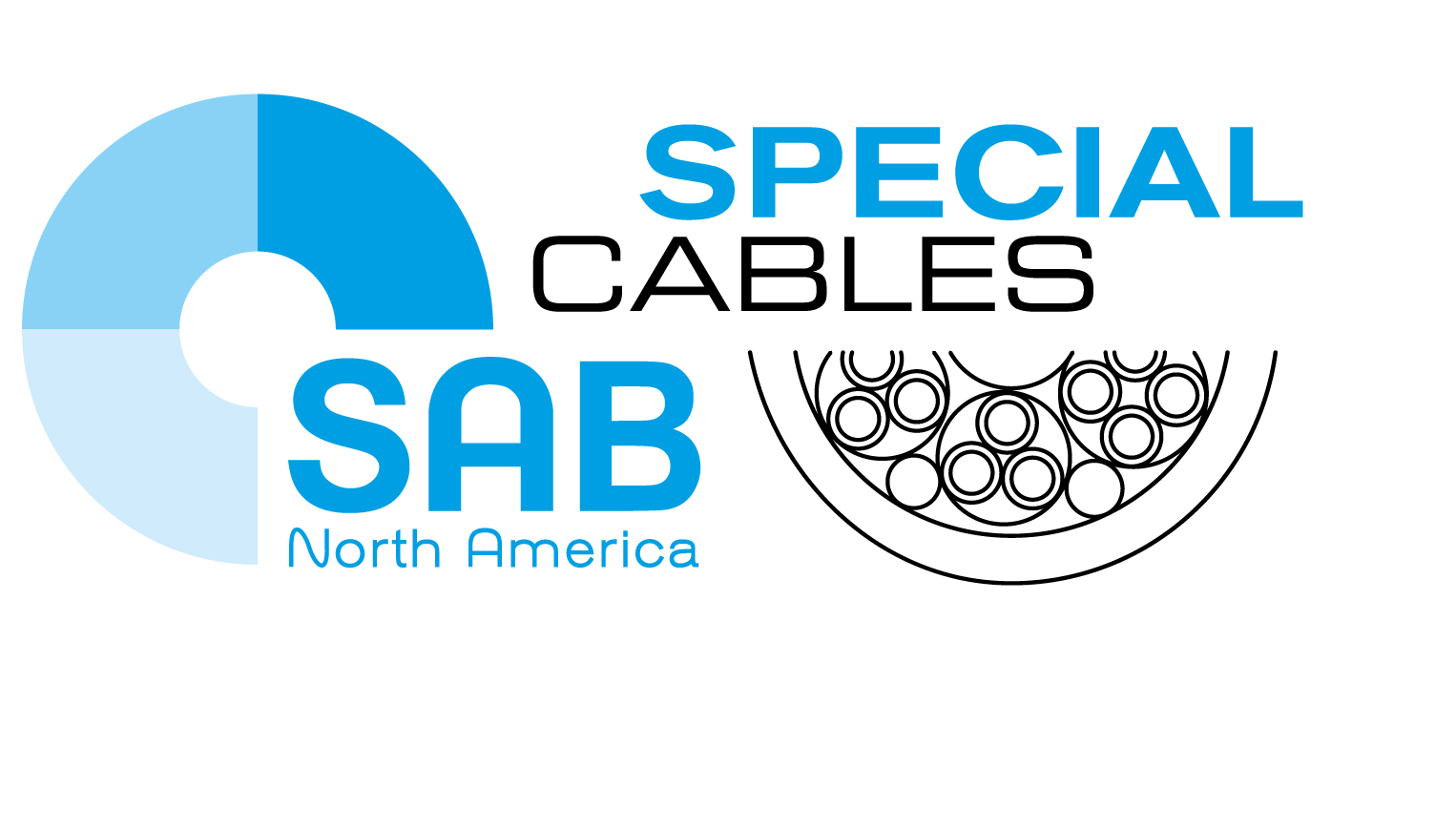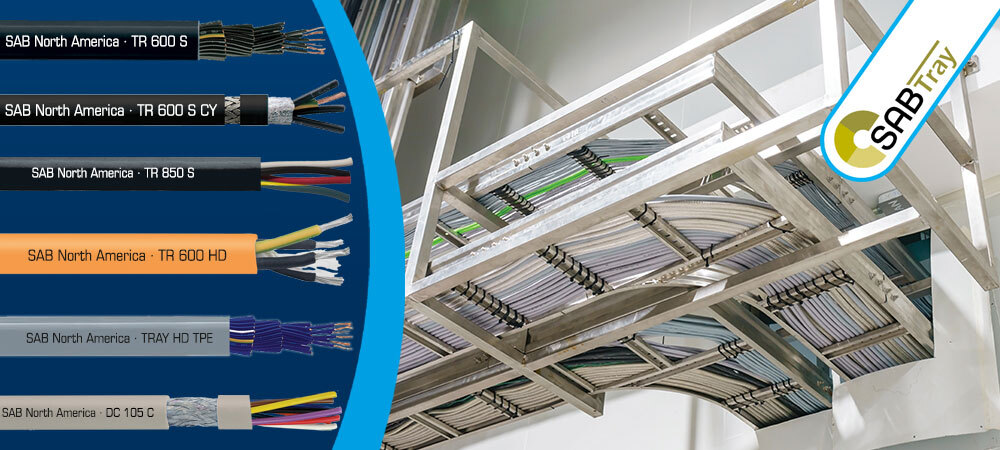From robotics to conveyor systems, smart factories rely on advanced electrical infrastructure to function seamlessly. Tray cables are a vital yet overlooked component to a robust smart factory infrastructure, providing structured, reliable cable management for a wide range of automated systems and equipment. This blog post will describe the automated applications that are well-suited for tray cables, along with a wide range of benefits these cables can offer.
Why Tray Cables Are Ideal for Automation
When an industrial facility requires an organized and secure means of distributing power and signals, tray cables offer a long list of advantages versus traditional wiring methods that use lengthy conduits. They include:
- Flexible routing and space savings. Unlike traditional wiring methods, tray cables can be routed through machinery, control panel and factory layouts, making it easy to add new equipment, expand a system or simplify access for maintenance. Tray cables can also be installed in both wet and dry areas. This adaptability saves installation time, expense and space requirements.
- Stress and vibration resistance. Because automated equipment moves continuously and is exposed to physical shocks and vibrations, durable cables are critical to preventing power and data disruption in smart factories. That’s why SAB tray cables are built with high-flexibility materials and robust construction to prevent wear over time.
- EMI prevention. Power and data signals in automated systems are susceptible to electromagnetic interference (EMI) from various machines in the facility. Shielded tray cables prevent signal loss and maintain data integrity so industrial Ethernet, PLCs, motor drives and other automated systems run smoothly.
- Durability in harsh environments. Automated factories often expose cables to extreme temperatures, moisture, sunlight, chemicals and abrasion, to name a few. SAB tray cables are designed to withstand harsh industrial conditions by offering:
- Oil and chemical resistance for manufacturing and processing plants
- UV and weather resistance for outdoor applications
- High temperature endurance for areas with extreme heat
- Cost effectiveness. Tray cables’ routing flexibility, easy installation and maintenance mean systems get up and running faster, with less downtime for maintenance and the associated time and labor costs.
Thanks to these and other attributes, you’ll find tray cables thriving under challenging conditions in a host of automated factory machines and equipment. Examples include withstanding repetitive motion and vibration in CNC machines and robots, providing consistent power and data flow to conveyor systems and assembly lines that can put mechanical stress and strain on electrical connections, keeping cables well-organized and secure in industrial control panels, and withstanding extreme environments where wind turbines are typically located.
Select an Ideal Tray Cable for Your Application
When choosing a tray cable, be sure to keep your application needs in mind. For example, if the cable will be exposed to chemicals, moisture, sunlight and extreme temperatures, make sure the cable jacketing and insulation can withstand these conditions. If EMI is a concern, look for shielded options. It’s also important to choose a cable with an appropriate bend radius for routing around tight corners without damage.
Your tray cable must also satisfy safety requirements for its intended region and carry the appropriate ratings for pertinent conditions or locations, such as tray-rated (TC) and exposed-run (ER) where necessary. Tray cables must carry the National Electric Code (NEC) rating and/or Underwriters Laboratories (UL) recognition. Tray cables for use in Canadian facilities should also meet CSA approval.
At SAB, we offer a wide range of flexible power and control tray cables in a variety of jacket and insulation materials to address a variety of environmental and operating conditions and to keep vital smart factory equipment well-connected and operating reliably. When you partner with SAB, we’ll help you select the right tray cable with the characteristics your automated systems demand.
For more information about SAB tray cables, please download our brochure.

